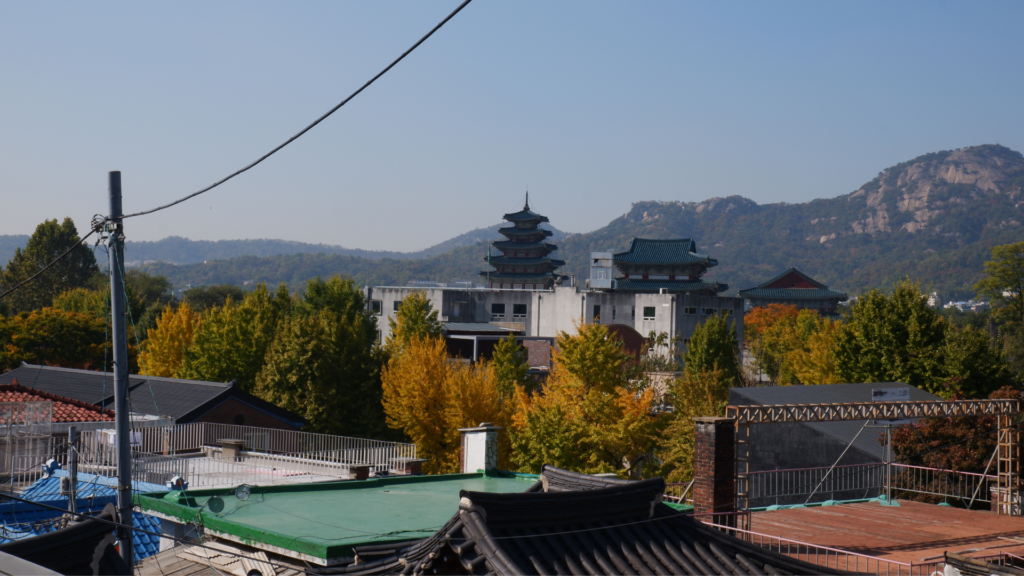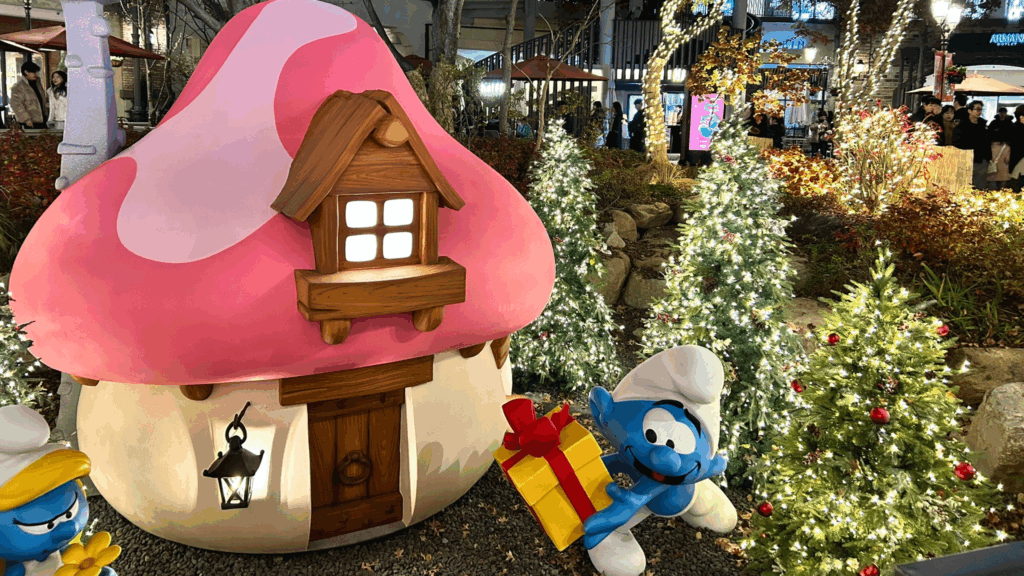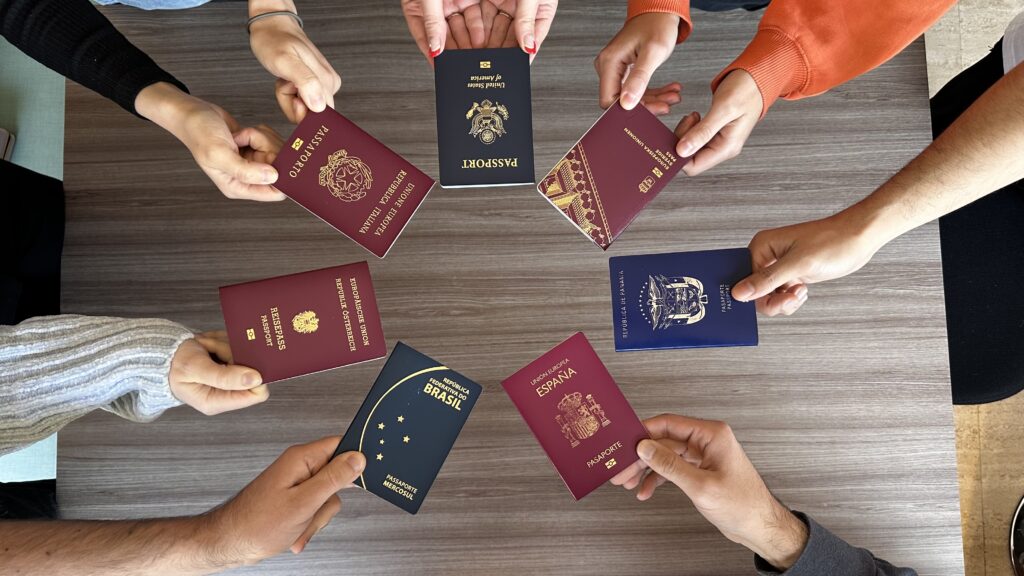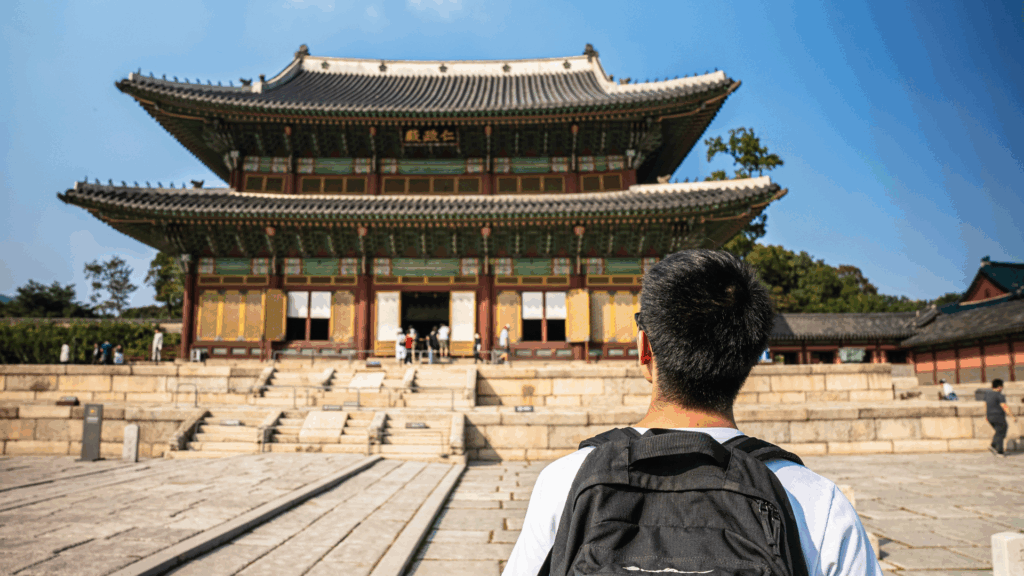When it comes to exploring Korea there are likely several places all ready on your radar. Where are the must see locations in Korea?
3 locations other than Seoul for exploring Korea
You surely know Seoul, the sprawling capital city of over 10 million people that showcases all of the associated excitement and variety of a modern Asian metropolis. It is likely you are also familiar with Busan as well, a beautiful city set alongside the eastern coast of Korea with world famous beaches and significant events such as BIFF (Busan International Film Festival). Perhaps you know of Jeju, an island of innumerable natural spectacles and beauty. Outside of that you may struggle to name anywhere else.
Don’t worry, this is common. Truth be told, Korean people themselves may initially struggle providing recommendations outside of these big 3 Korean tourist spots! That said there certainly are many more interesting places to visit in Korea! Here is a sample of just a few of the lesser known, but equally worthwhile locations to visit when exploring Korea.

1. Jeonju 전주
Jeonju is well known for its rich cultural heritage and great food. Located about an hour and a half south of Seoul, it is the capital of the North Jeolla region. Unlike most of Korea, Jeonju was not industrialized very heavily in the 20th century and thus retains the feel of an urban city of the Joseon era (1392-1897). A large, traditional hanok village of over 800 houses resides in this area. This is one of the highlights of any visit to Jeonju. With many fascinating museums, temples, and castles, as well as scenic outdoor walks, there is plenty to see and do in Jeonju.
Jeonju is a centre for a lot of traditional Korean food such as Jeonju bibimbap. The Jeonju style makes use of locally grown fresh vegetables to add both colour and unique flavours to this well known Korean dish.
Jeonju culinary honours and embraces the traditional, home cooking process. Some refer to Jeonju as the ‘food capital’ of Korea. Preparation is focused on high quality, local ingredients, and techniques that have been passed down from generation to generation. This city has been classified in 2012 as a ‘UNESCO creative city for Gastronomy’. Over the years a thriving ‘street food culture’ has developed alongside the traditional styles.
2. Gyeongju 경주
If you are interested in Korean history, Gyeongju is an essential city to visit when exploring Korea. Previously known as Seorabeol (서라벌) it is the former capital city of the Korean Silla Dynasty (57 BC-935 AD). Naturally you can see plenty of Korean history and culture in Gyeongju. A ‘museum without walls’ preserves the rich historical heritage. Here you will see countless ruins, tombs, and temples set among some beautiful traditional architecture and rolling hills. Must-sees include the palace ruins and east Asia’s oldest astronomical observatory.
For a change of pace, you can visit the amusement park, Gyeongju World. You can expect a great day out for all the family as well as some particularly spectacular roller coasters featured in the ‘X-Zone’ for thrill seekers.
3. Tongyeong 통영
A popular destination for many Koreans, it’s a port and seaside city. You can easily access the area by bus and car from all the major cities. From Daegu it takes roughly 2 hours and from Gwangju and Busan it is an even shorter trip. Once there, it helps to have a car to get around but you can get around without trouble via the intercity bus.
Like Jeju there is much natural beauty to see in Tongyeong. It is part of the Hallyeohaesang National Park with many spectacular sites. As well as many scenic passenger boat tours, Tongyeong also boasts Korea’s longest cable car route. You can take in stunning views as you ascend Mireuk Mountain. These are two of the excellent ways to enjoy the beautiful scenery of the area.
The above locations and many more make exploring Korea a thrilling and unique experience. While living and studying in Korea with Go! Go! Hanguk, it is worth taking a look at what there is to see throughout the country.








